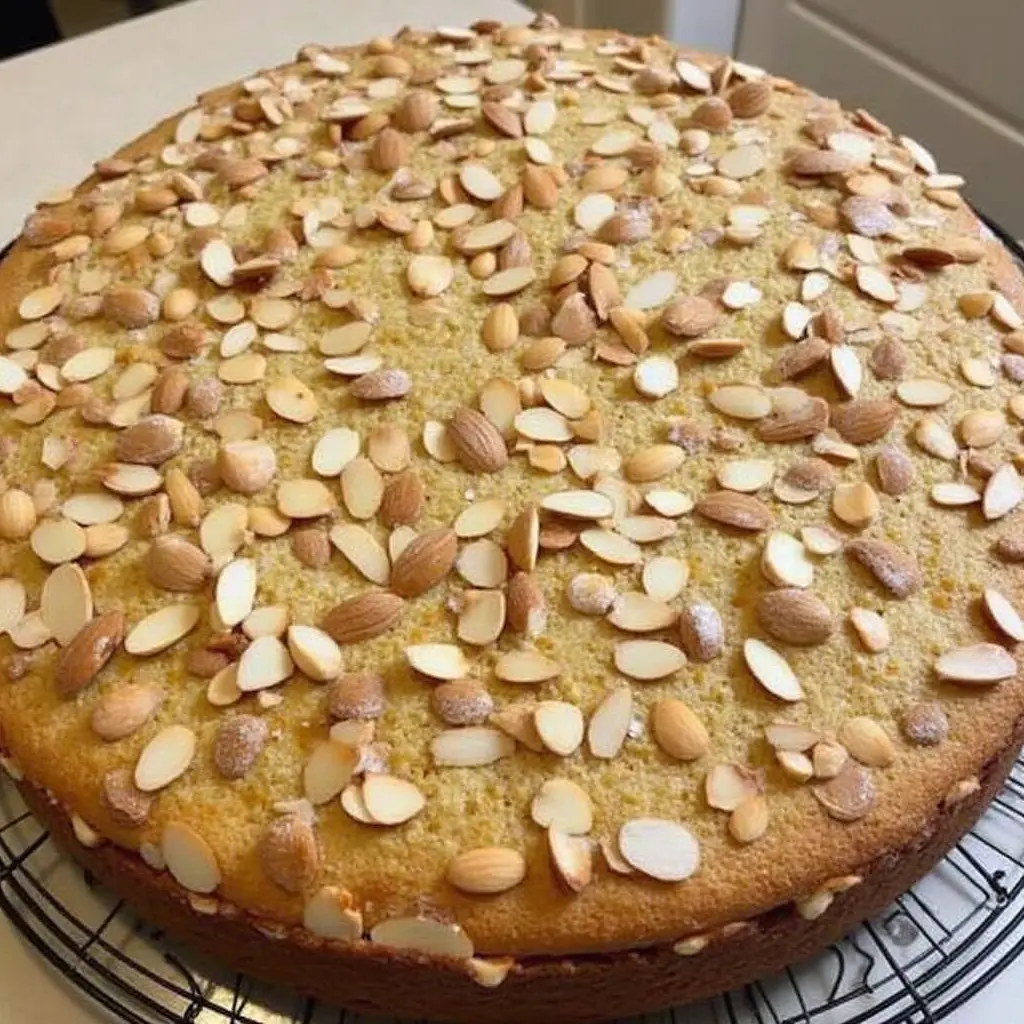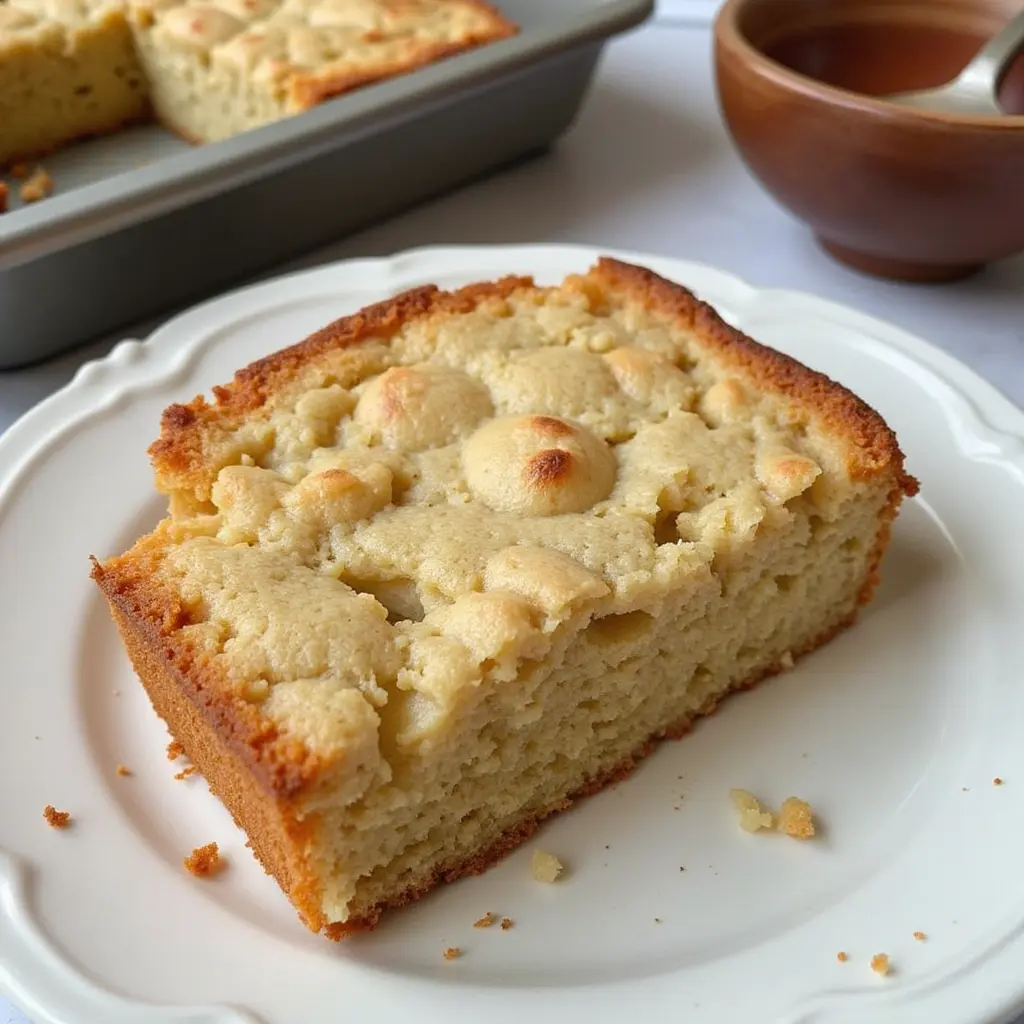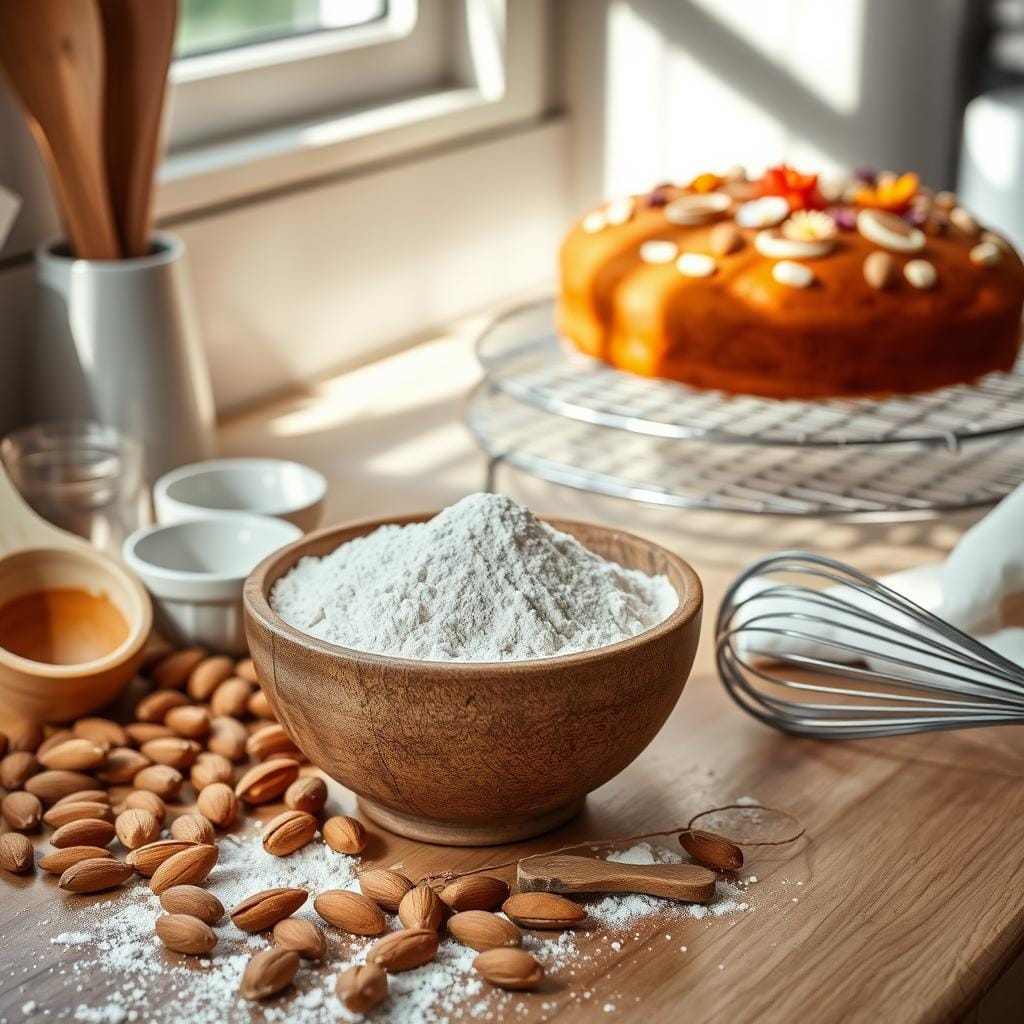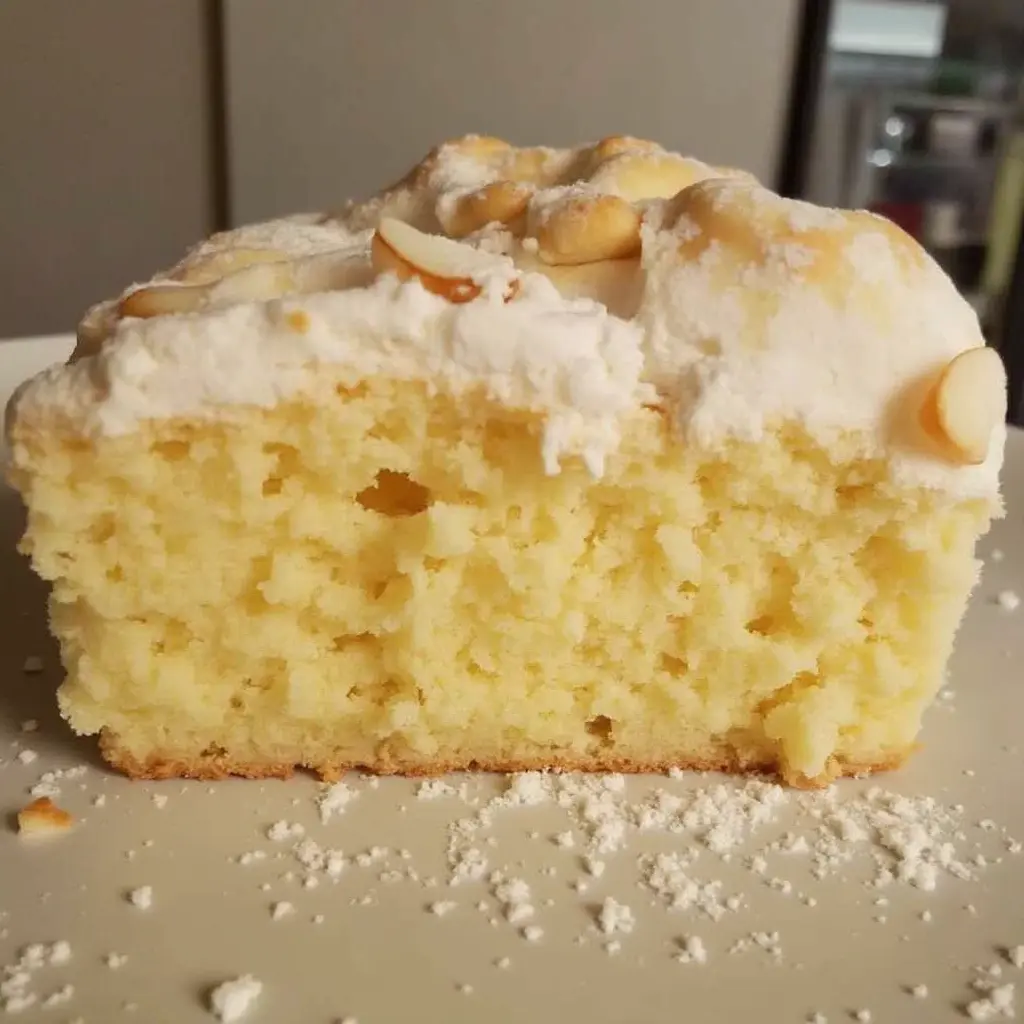What is the secret to baking with almond flour? Every kitchen journey starts with curiosity. Mine began when I discovered how almond flour can transform gluten-free baking. If you’ve struggled with dense or crumbly treats, you’re not alone!
Almond flour baking tips can open up a world of tasty possibilities. It’s great for those with dietary restrictions or just looking for healthier options. This versatile ingredient can change your baking game.
Gluten-free baking doesn’t mean you have to give up on taste or texture. With the right methods, you can make treats that are just as good as traditional ones. Let’s explore how to master almond flour in your kitchen.

Key Takeaways
- Almond flour offers a nutrient-rich alternative to traditional wheat flour
- Understanding unique properties is crucial for successful gluten-free baking
- Proper measurement and technique can transform your baking results
- Almond flour works best with specific recipe adaptations
- Texture and moisture management are critical when baking with almond flour
Understanding Almond Flour: Properties and Benefits
Almond flour is a big deal in gluten-free baking. It’s a healthier choice than regular wheat flour. It’s great for low-carb baking and finding better ingredients.

Nutritional Powerhouse of Almond Flour
Starting with almond flour means diving into its amazing nutrition. It’s not like regular flour at all. Here’s why:
- High in protein (about 6 grams per 1/4 cup)
- Rich in healthy monounsaturated fats
- Excellent source of vitamin E
- Low in carbohydrates
Types of Almond Flour Available
There are different types of almond flour. Knowing these can help you in gluten-free baking:
| Flour Type | Texture | Best Used For |
|---|---|---|
| Blanched Almond Flour | Fine, smooth | Delicate pastries, macarons |
| Natural Almond Flour | Coarser, with skin | Rustic breads, cookies |
How Almond Flour Differs from Regular Flour
Almond flour is special for low-carb baking. It’s different from wheat flour because it has more fat and no gluten. This changes how you bake.
“Almond flour isn’t just a substitute – it’s a transformation of your baking approach.” – Culinary Expert
It keeps moisture better, can be tricky to bind, and adds a nutty taste. This can make your baked goods even better.
What is the Secret to Baking with Almond Flour?

Unlocking the secret to baking with almond flour requires understanding its unique characteristics. Unlike traditional wheat flour, almond flour demands special attention to texture, moisture, and ingredient ratios. The key almond flour baking tips revolve around mastering its delicate nature.
Your success with almond flour depends on several crucial factors:
- Moisture management is critical for preventing dry baked goods
- Binding agents help compensate for almond flour’s low gluten content
- Precise measurement techniques ensure consistent results
“Almond flour isn’t just a substitute—it’s a completely different baking experience that requires patience and practice.” – Professional Baker
What is the secret to baking with almond flour? Embrace its unique properties. Almond flour absorbs liquid differently, so you’ll need to adjust recipes carefully. Expect a denser, moister outcome compared to wheat flour. Experts recommend starting with recipes specifically designed for almond flour to build confidence.
Experimenting with ratios and understanding how almond flour behaves will transform your gluten-free baking. Each recipe becomes an opportunity to master this nutritious, versatile ingredient.
Essential Tools and Equipment for Almond Flour Baking
Almond flour baking needs special tools for the best results. The right equipment makes a big difference. Here are the key tools to improve your almond flour baking.
Must-Have Kitchen Tools for Almond Flour Recipes
When baking with almond flour, you need the right tools. Almond flour is different from regular flour. It needs gentle handling and special measuring.
- Digital kitchen scale for precise measurements
- Fine-mesh sifter to prevent clumping
- Silicone spatulas for gentle mixing
- Parchment paper for non-stick baking
Measuring and Storage Equipment
Measuring accurately is key in almond flour baking. Good tools help you get consistent results every time.
| Equipment | Purpose | Recommended Type |
|---|---|---|
| Digital Scale | Weight measurement | Precision to 0.1 grams |
| Airtight Containers | Flour storage | Glass or ceramic with tight seal |
| Measuring Cups | Volume measurement | Stainless steel with level edges |
Mixing and Baking Containers
Choose containers that work well with almond flour. Ceramic and glass bowls mix evenly and keep moisture right.
“The right tools can make all the difference in gluten-free baking.” – Professional Baker
- Non-reactive mixing bowls
- Silicone baking mats
- Light-colored baking sheets
- Springform pans for delicate bakes
Investing in these tools will help you succeed with almond flour baking. You’ll get delicious and consistent results every time.
Proper Storage and Handling of Almond Flour
Learning how to store almond flour is key to baking success. The right storage keeps it fresh and prevents spoilage. This is crucial for baking with nut flours.
Almond flour is sensitive to heat, moisture, and light. To keep it quality, follow these important storage tips:
- Store in an airtight container
- Keep in a cool, dark place
- Refrigerate or freeze for longer shelf life
- Use within 3-6 months of opening
How you handle almond flour affects your baking. Warm temperatures can make the oils in almond flour go bad fast.
“Proper storage is the secret to maintaining the delicate flavor and nutritional value of almond flour.” – Baking Experts
| Storage Location | Temperature | Shelf Life |
|---|---|---|
| Pantry | Room Temperature | 2-3 months |
| Refrigerator | 40°F | 6-9 months |
| Freezer | 0°F | 12-18 months |
Pro tip for almond flour baking tips: Always let refrigerated or frozen almond flour come to room temperature before baking. This ensures consistent results.
When buying almond flour, choose vacuum-sealed packages and check the expiration date. After opening, move it to a sealed container. Label it with the opening date to keep track of freshness.
Moisture Control: The Key to Perfect Almond Flour Baked Goods
Mastering moisture control is key to baking with almond flour. Unlike wheat flour, almond flour needs special care to avoid dry or soggy results. It’s all about knowing how it absorbs and holds moisture.
Almond flour baking tips focus on finding the right mix of wet and dry ingredients. Its high fat content can be tricky for home bakers to handle.
Balancing Wet and Dry Ingredients
- Use extra binding agents like eggs or xanthan gum
- Reduce liquid ingredients by 25% compared to wheat flour recipes
- Add moisture-rich ingredients gradually
- Let batter rest for 10-15 minutes before baking
Tips for Preventing Soggy Results
To avoid soggy baked goods, understand almond flour’s special traits. Controlling moisture means mixing ingredients and baking with care.
| Problem | Solution |
|---|---|
| Excess Moisture | Use paper towels to absorb extra liquid |
| Dense Texture | Add extra leavening agents |
| Uneven Baking | Use parchment paper and lower oven temperature |
Pro tip: Always measure almond flour by weight, not volume, for the most consistent results.
Getting the hang of baking with almond flour is all about managing moisture. With practice and patience, you’ll make delicious, perfectly textured treats every time.
Temperature and Timing Considerations
Mastering almond flour baking tips means understanding its unique temperature and timing needs. Almond flour is different from wheat flour. It needs special care to avoid burning or undercooking.
- Lower oven temperatures by 25-50 degrees Fahrenheit
- Reduce baking time by 5-10 minutes
- Use a light-colored baking pan to prevent excessive browning
“Precision is the secret to success when working with almond flour” – Professional Baker’s Insight
Timing is very important in almond flour recipes. Nut flours are delicate. You’ll need to watch your baked goods more closely than with traditional wheat flour.
| Baking Item | Temperature Adjustment | Time Adjustment |
|---|---|---|
| Cookies | 325°F instead of 350°F | Reduce by 3-5 minutes |
| Cakes | 325°F instead of 350°F | Reduce by 5-8 minutes |
| Muffins | 325°F instead of 350°F | Reduce by 4-6 minutes |
Pro tip for baking with nut flours: Always use an oven thermometer to ensure accurate temperature readings. Almond flour’s high oil content means it can burn quickly if not monitored carefully.
Remember, each recipe might need slight changes. Start with small batches. Take careful notes about temperature and timing adjustments for your specific oven and recipe.
Common Substitutions and Conversions
Finding the right almond flour substitutes can be tough for home bakers. It’s key to know how to change traditional recipes and find new ingredients. This is important for making great paleo and low-carb baked goods.
Converting Regular Flour Recipes
Switching from wheat flour to almond flour needs careful planning. Almond flour is different because of its special properties:
- Replace 1 cup wheat flour with 1 cup almond flour
- Add an extra egg for binding in most recipes
- Reduce liquid ingredients by 25%
Alternative Sweeteners for Almond Flour Baking
Paleo and low-carb bakers have many sweetener options that go well with almond flour:
| Sweetener | Paleo Friendly | Carb Content |
|---|---|---|
| Stevia | Yes | Zero |
| Monk Fruit | Yes | Zero |
| Coconut Sugar | Yes | Low |
“Successful almond flour baking is about understanding ingredient interactions and making smart substitutions.” – Professional Baker
Trying out these almond flour substitutes and sweeteners can lead to tasty, diet-friendly baked goods. They won’t sacrifice on taste or texture.
Troubleshooting Common Almond Flour Baking Problems
Baking with almond flour can be tricky. But, knowing common challenges helps you master these recipes. Start by recognizing and solving potential issues that might ruin your creations.
Texture problems are often the biggest challenge. Dry, crumbly baked goods can come from wrong moisture levels. The secret is adding extra binding agents like eggs or xanthan gum to improve texture.
- Prevent crumbly textures by adding extra liquid
- Use eggs as a primary binding agent
- Experiment with small recipe adjustments
Moisture control is key in almond flour baking. Too much liquid can make your baked goods dense and heavy. Too little can make them dry and unappetizing. Precise measurements help avoid inconsistent results.
| Problem | Potential Solution |
|---|---|
| Dense Baked Goods | Reduce liquid by 25%, add extra leavening agent |
| Crumbly Texture | Add extra egg or binding agent |
| Uneven Baking | Use lighter-colored baking pans, lower oven temperature |
“Patience and practice are the true ingredients to mastering almond flour baking.” – Professional Baker
Temperature management is crucial for almond flour recipes. Lower your oven temperature by 25 degrees to prevent burning and ensure even cooking.
- Use parchment paper to prevent sticking
- Allow baked goods to cool completely before removing from pan
- Store in airtight containers to maintain moisture
With these tips, you’ll turn kitchen challenges into delicious, successful baked goods.
Best Types of Recipes for Almond Flour
Almond flour has changed the baking world. It offers tasty, gluten-free, and low-carb options. Knowing which recipes work best with almond flour can make your treats irresistible.
Not all recipes are the same with almond flour. Some baked goods stand out, making your cooking truly special.
Cookies: A Sweet Almond Flour Delight
Almond flour cookies are a great place to start. They have a rich, nutty taste and a soft texture. Traditional wheat flour can’t compare. Some top almond flour cookies include:
- Chocolate chip cookies
- Shortbread cookies
- Macarons
- Coconut almond cookies
Decadent Cakes and Muffins
Almond flour cakes open up a world of moist, tasty options. It’s a great base for:
- Flourless chocolate cake
- Lemon almond muffins
- Carrot cake
- Banana nut muffins
Breads and Crusts with Almond Flour
Breads and pie crusts can be tricky, but almond flour makes them amazing. Try making:
- Almond flour banana bread
- Keto-friendly pizza crusts
- Savory herb bread
- Quiche crusts
“Almond flour isn’t just a substitute—it’s a culinary adventure waiting to be explored!” – Baking Enthusiast
Try these almond flour recipes to discover a world of tasty, healthy baking. They meet different dietary needs.
Combining Almond Flour with Other Gluten-Free Flours
Gluten-free baking is an art that requires blending different flours. Almond flour is a great base. But mixing it with other gluten-free flours can make your baking even better.
Creating custom flour blends is key in gluten-free baking. It’s important to know each flour’s unique qualities. Almond flour works best when paired with other gluten-free flours for the best texture and taste.
- Coconut flour: Adds moisture absorption
- Cassava flour: Provides additional structure
- Arrowroot starch: Enhances binding
- Sorghum flour: Improves overall texture
Your flour blend should match the recipe you’re making. Each baked good needs a special mix for the right feel.
| Flour Type | Texture Impact | Best Used In |
|---|---|---|
| Almond Flour | Rich, Moist | Cakes, Cookies |
| Coconut Flour | Dense, Absorbent | Muffins, Breads |
| Cassava Flour | Neutral, Smooth | Pastries, Pancakes |
“Successful gluten-free baking is about understanding flour chemistry.” – Professional Baker
Try different mixes to find your favorite gluten-free flour blend. Begin with a 3:1 ratio of almond flour to other gluten-free flours. Then, adjust as needed for your recipe.
Conclusion
Learning to bake with almond flour takes time, patience, and a spirit of adventure. Your new tips will make baking gluten-free and healthy a breeze. Every recipe is a chance to get better and make treats that wow everyone.
Understanding almond flour’s special needs is key. It’s different from regular flour, needing special care with moisture, temperature, and mix ratios. As you get better at balancing ingredients and using the right tools, your baking will shine.
Every baking challenge is a chance to grow. Whether making cookies, muffins, or bread, almond flour is a great choice. Start simple, keep track of your progress, and be ready to tweak recipes. Soon, you’ll know how to make perfect almond flour treats that taste great and are good for you.
Your almond flour baking journey is just starting. Enjoy the learning, share your baked goods, and keep exploring. This amazing ingredient will open up new possibilities for you and other home bakers in the United States.


1 thought on “What is the Secret to Baking with Almond Flour? | Baking Tips”